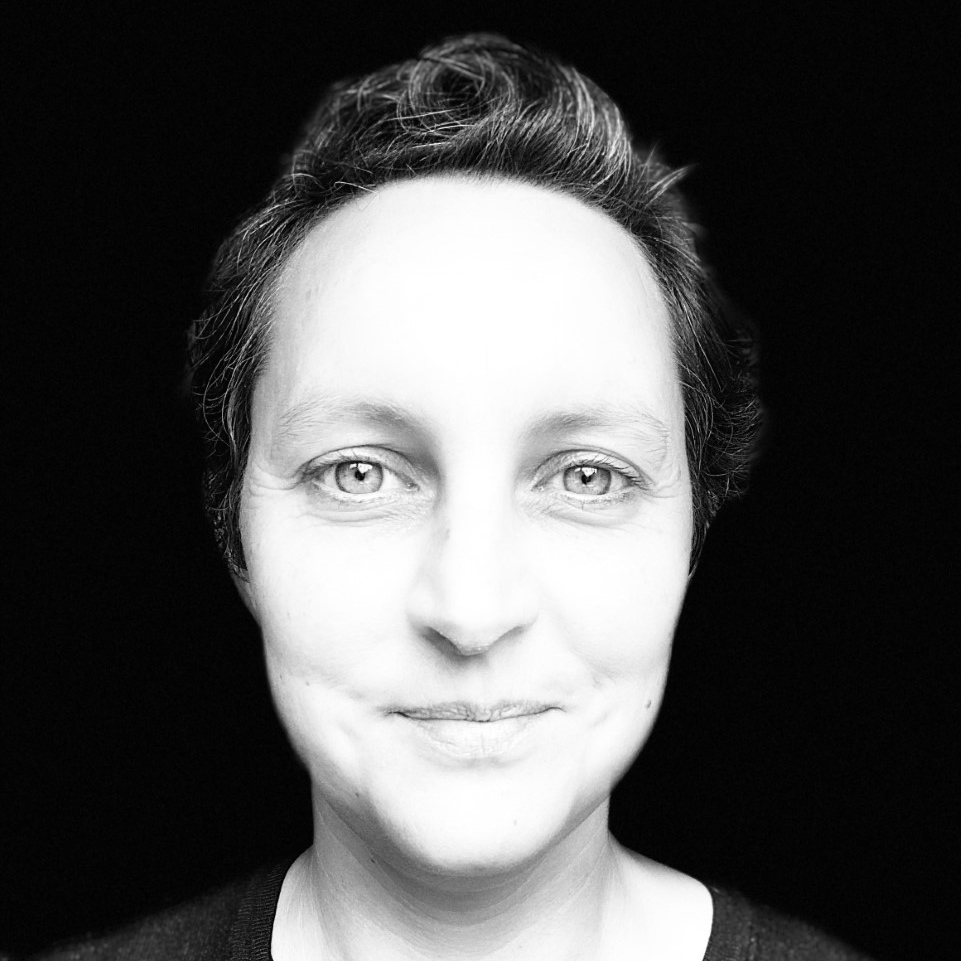
AQUALM Visual Methods in Qualitative Research
This Advanced Qualitative Methods training is open to all ESRC and non-ESRC funded students within the seven WRDTP partner institutions. Students are welcome from all seven interdisciplinary Pathways.
Visual methods means all of the following:
- Analysing existing visual texts (e.g. in media)
- Visual elicitation with participants
- Participants making visual texts
- Researchers making visual texts
- Using the visual in analysis
We will discuss different ways of using the visual in research alongside one key epistemological theory of understanding what it means to look at the world. We will use our own experiences of looking and feeling to consider what visual methods can contribute to our research.
Students attending this workshop will:
- Be able to identify a range of ways in which visuals can be used in research
- Practice using photo elicitation methods
- Be able to identify the advantages and disadvantages of the method
- Define what ‘god trick’ and ‘situated knowledge’ mean
- Critique the notion that images themselves can tell the whole truth
- Apply the idea that all data is created and the researcher plays a role in creating it
Please note: You MUST prepare both essential readings and tasks before attending this event
Essential readings
Clark-Ibáñez, M. 2007. Inner-city children in sharper focus: sociology of childhood and photo elicitation interviews. In: Stanczak, G.C. ed. Visual research methods: image, society, and representation. Thousand Oaks, [Calif.]: Sage Publications, pp.167-196.
Haraway, D. 1988. Situated knowledges: The science question in feminism and the privilege of partial perspective. Feminist studies. 14(3), pp.575-599.
Please also feel free to read further into this topic – a suggestion of texts can be found here.
Essential tasks
1. With relation to the essential readings answer the following questions:
1.1. What is the author's aim (usually stated in introduction)?
1.2. What are the main arguments of the article/chapter/book?
1.3. What are the boundaries (author’s historical, social context, discipline, theoretical framework, etc.)?
1.4. What are the limitations (what seems to you, in light of your other reading, to be problematic or maybe even not true?)?
1.5. What is included (are there particular arguments or analyses that seem very pertinent or useful?)?
1.6. What is omitted (what does the author not consider)?
1.7. What do you think about the article? How useful is it for you?
2. Define the following key terms: ‘god trick’, ‘situated knowledge’.
3. What are the methodological issues raised by participatory photo elicitation that Clark-Ibáñez discusses?
4. Bring to the workshop an image that you feel says something about you. It may be a photograph of you or a particular moment in your life (e.g. the birth of your first child), or it may be an image that represents something you believe in or care about (e.g. the cover of your favourite album). Think about why you have chosen this image. In the workshop we will use the images to begin our discussion of visual methods.
Workshop Leader
Biography: I joined the School in January 2019 as Senior Lecturer in Media and Popular Culture. I am Director of the Popular Music Studies Research Group and a member of the Centre for Participatory Culture and the Centre for the Study of Music, Culture and Identity.
I research gender, big data and popular music. I am currently researching sexual violence at live music events and have created a resource for venues to write safer spaces policies (saferspaces.org.uk). I am also investigating women’s musical responses to gender-based violence with colleagues at RMIT and Melbourne.
I have also researched sexual violence in chart topping rock and metal lyrics (funded by BA/Leverhulme). My postdoc, Seeing Data: are good big data visualisations possible? (Media, Leeds), explored how people engage with data visualisations and has produced a number of well-regarded articles including ‘The Feeling of Numbers’ in the journal Sociology. My PhD (Centre for Women’s Studies, York) looked at representations and experiences of women hard rock and metal music fans. This is the subject of my book Gender, Metal and the Media: Women Fans and the Gendered Experience of Music (Palgrave), which I discussed with Laurie Taylor on Radio ‘Thinking Allowed.’
I am the book series editor of Advances in Metal Music and Culture and on the editorial advisory boards of Cultivate and Metal Music Studies.
PLEASE NOTE: Our online training sessions will be recorded and will be available on the VIRE in an edited format for those students who cannot attend. If you wish to join this session but do not wish for your contributions to be included in the edited VIRE resource, please ensure that you select NO when prompted in the online booking form regarding recording.









